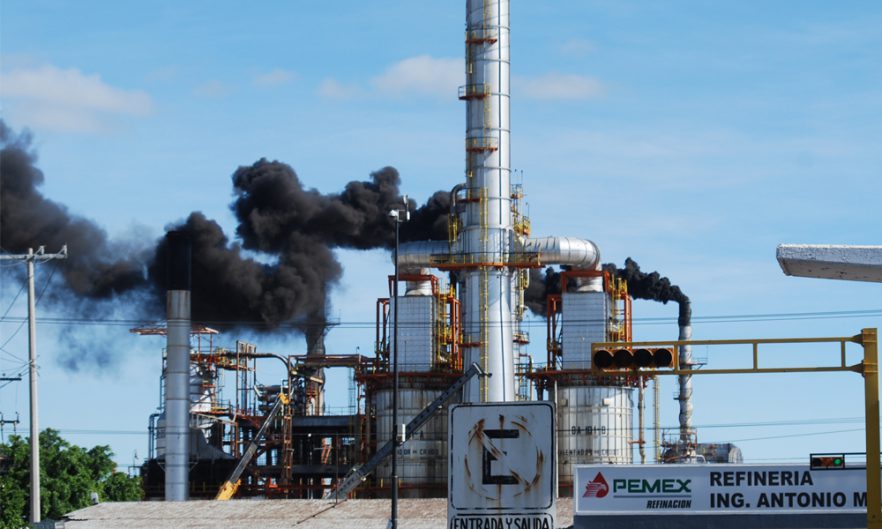U.S. Issues Regulation to Reduce Methane Emissions from Oil and Gas
In a statement, the U.S. Environmental Protection Agency explained that this directive encourages companies to take immediate actions to reduce methane emissions

The U.S. Environmental Protection Agency (EPA) has announced a rule to reduce methane emissions from the oil and gas sector that will penalize large emitters if emissions exceed specific levels.
In a statement, the EPA explained that this directive encourages companies to take immediate actions to reduce methane emissions, a powerful greenhouse gas responsible for about one-third of global warming.
The rule supports Congress's directive in the Inflation Reduction Act by implementing a waste emissions charge to ensure natural gas reaches the market rather than polluting the air.
Congress has set a charge on large methane emitters if their emissions exceed specific performance thresholds and directs the EPA to apply this charge and implement other program features, including exemptions for actions that reduce methane emissions.
“The final waste emissions charge is part of a series of actions under President Biden’s methane strategy to enhance oil and gas sector efficiency, support American jobs, protect clean air, and strengthen U.S. global leadership,” said EPA Administrator Michael S. Regan.
The EPA estimates that this rule alone will result in cumulative emissions reductions of 1.2 million metric tons of methane (34 million metric tons of CO2) by 2035, equivalent to removing almost 8 million gasoline-powered cars from the road for a year, with cumulative climate benefits of up to $2 billion.
As mandated by Congress, the waste emissions charge applies only to high-emission oil and gas facilities.
The Inflation Reduction Act specifies that the waste emissions charge applies to methane from certain oil and gas facilities with annual emissions exceeding 25,000 metric tons of carbon dioxide (CO2) in 2024.
Additionally, the waste emissions charge will begin at $900 per metric ton of wasted emissions in 2024, increasing to $1,200 per metric ton in 2025 and $1,500 per metric ton in 2026 and thereafter.
The EPA’s final rule details how the charge will be implemented, how it will be calculated, and the application of exemptions.
Facilities that comply with Clean Air Act standards for oil and gas operations will be exempt from the charge once certain criteria outlined by Congress are met.